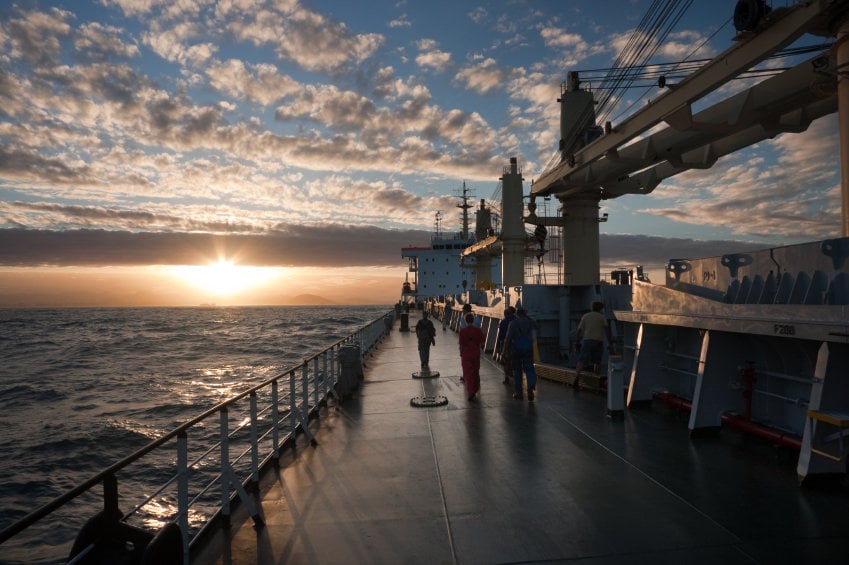From the day China decided to enter into World Trade Organization, it changed all the dynamics in global trade entering with its $500 million workforce with cheap labor and “stole” a lot of production business from all cheap labor countries. However over time with close to double digit growth nr’s, the workforce became more demanding and wages slowly started to increase, and even a massive $500 million workforce could not offset this increase. Another problem that hinders the growth is out of all emerging cheap labor markets, China has the oldest population now with a median age of 34 thanks to the one child policy.
Table: Median Age by Country (in years)
Pakistan 21
Cambodia 22
Philippines 23
Bangladesh 25
India 25
Malaysia 26
Indonesia 28
Vietnam 29
Sri Lanka 31
Thailand 33
China 34
After China, India is the most populous nation in the world, and expected to become number 1 in terms of population by 2030. India also has one of the youngest work forces with almost half of the nation being under 25 years old, making the labor abundant and cheap however India has different dynamics in terms of its trade structure. Unlike China, its production is more internal oriented (not export based) since its economy is thriving with domestic consumption. A lot of importers also have difficulty dealing with some Indian suppliers in terms of production and quality issues, thus this is a big concern for its exports. Unlike China where you can find a factory specialized in every commodity, India’s main export commodity is textiles, and slowly home furnishing is becoming a rising commodity for exports but still not enough to compete with China where it’s regarded as the only country where you can source anything. Another issue that India faces against China is infrastructure. Unlike China, India does not have the regulatory framework to permit large scale infrastructure projects. In terms of shipping for example, China now has 9 ports in the top 50 ports in the world where India has only one in that list. In terms of production, last July a lot of importers were reminded with power outages in India (which affected over 600 million people) that India’s infrastructure is not reliable, making the suppy chain vulnerable.
Just to sum up, India has a lot of potential with its emerging young workforce however concerns like infrastructure, focus on single commodity and domestic consumption makes it a big question mark in terms of replacing China as the world’s biggest factory.
| Manufacturing as % of GDP in selected Asian countries |
| 17% Pakistan |
| 16% India |
| 18% Sri Lanka |
| 18% Bangladesh |
| 27% Indonesia |
| 20% Philippines |
| 20% Vietnam |
| 15% Cambodia |
| 34% Thailand |
| 34% China |






Dear Mr. Rojda Akdag,
I agree to the great extent with the most of the content of your article whilst I differ to rate India as China 2.0 .
Both these economies are vibrant and having different dimentions. For instance; as you can see Manufacturing is a key base of Chinese economy contributing approx. 34%; against it for India it is just 16% but Service Sector is controbuting over 59% to India’s GDP Vs. approx. 42% to China’s GDP. Service sector has got more growth potential as its requirements are very frugal in terms of resources, land, water, etc. and creates more jobs compared to the manufacturing units. It also leads to less air, water and land pollution.
In recent times India has invested heavily on Ports both air and land. With the new FDI bills sanctioned by govt.; huge investment is poised to come in retail and airline sector.
Nonetheless, India has a long way to go. Inspite of all odds country is managing a good growth and rather than becoming China 2.0 it will carve its own niche of inclusive growth taking all the people of all religions togather with its diversified cultural demonstration to make it India 1.0 to let the others retrace it.
With warm Regards!!
Atish Chordiya
Chief OperatingOfficer – Blue Ocean – Pune (India) &
Director – Arihant Group of Institutes – Pune (India)
Nice article Mr. Rojda most of the things brought out are quantitative and it is a concern of growing median age in country like China (for Chinese manufacturing).
But India has to travel a lot to be near to China in terms of infrastructure and manufacturing.
India is still a LCC (low cost sourcing country). And the impulse of growth is mostly shown by the government initiatives in infrastructure and foreign investment. Internal manufacturing can be promoted by India if the taxes are more liberalized for the companies operating in India and bringing up more public-private partnership projects (PPP), which will boost the growth of Indian economy and may be India be equal or may surpass China. But practically it is still a long way.
Thanks for nice topic Mr Rojda and thanks to Mr Atish for his valuable comments to which i believe to be true.
Regards
Amit Kohir
MBA in Global logistics and supply chain management
Comments are closed.